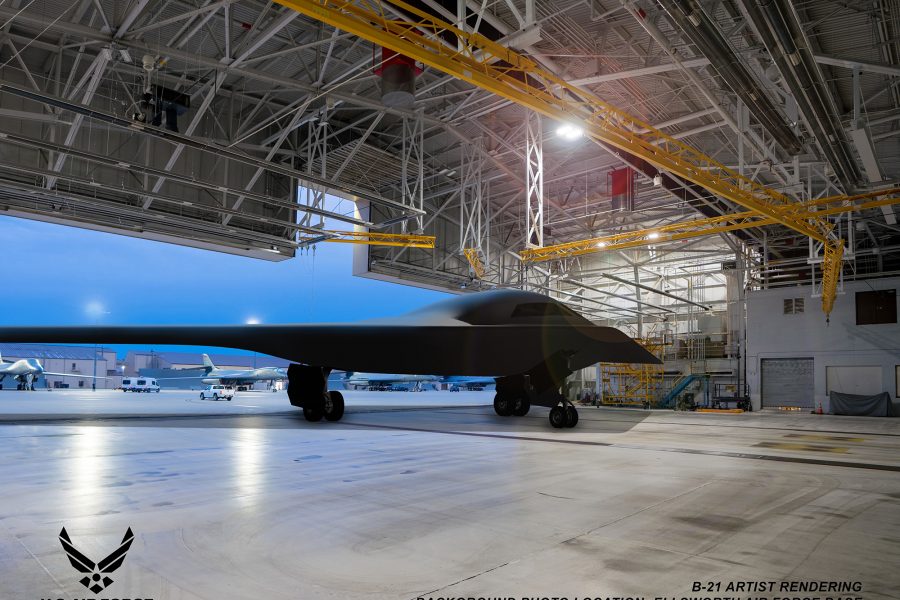The Air Force still needs 220 total bombers, including about 100 new B-21s, though that target is a “living number” that can change as the Raider comes online and aging aircraft are modernized and outfitted with advanced weapons, the head of Air Force Global Strike Command said.
Gen. Timothy M. Ray, speaking at the Air Force Association’s virtual Air, Space & Cyber Conference, said the number as outlined in the service’s bomber roadmap is not set in stone. For example, when the roadmap was first announced, the planned total was 175, but that number has since grown. Recently, Ray said he has presented it to the Armed Services Committees on Capitol Hill and it has garnered support.
“I think we’ve put some real rigor into that, and it’s a real plan now,” Ray said.
To meet this number, the Air Force needs to ensure that “what we build is affordable, and sustainable, and more rapidly modifiable. The B-21 will feature all those things,” he said. The B-1 needs to continue to improve its readiness metrics, the B-52’s re-engining program needs to progress well, and the B-2 fleet needs to remain healthy until the point that enough Raiders come online to begin phasing the Spirits out, he said.
Additionally, progress on hypersonic weapons, such as the AGM-183A Air-launched Rapid Response Weapon, means the old bombers will have a viable stand-off mission in the future. The service is “pretty eager” for the ARRW to develop to the point where it can be carried on a B-1. The system is being tested on the B-52.
“I think [Pacific Air Forces] and [U.S. Air Forces in Europe] would like to see that in theater sooner rather than later,” Ray said. “I think that particularly interesting twist makes things pretty complicated for our would-be adversaries.”
In recent months, the Air Force moved away from the permanent Continuous Bomber Presence mission in the Pacific and instead adopted a “dynamic force employment” model of sending task forces of bombers directly from the continental United States on long-distance missions or shorter deployments.
With the bombers able to spend more time at their home bases, their readiness metrics have improved to a level that is higher than before the COVID-19 pandemic, Ray said. Additionally, the DFE model means the bombers need less permanent basing abroad.
“We’ve been all over the planet,” he said. “In these particular times, we’ve not needed the access in basing. We were very quick. We think that makes a very significant, real facts-on-the-ground case to be made about what we can do.”

